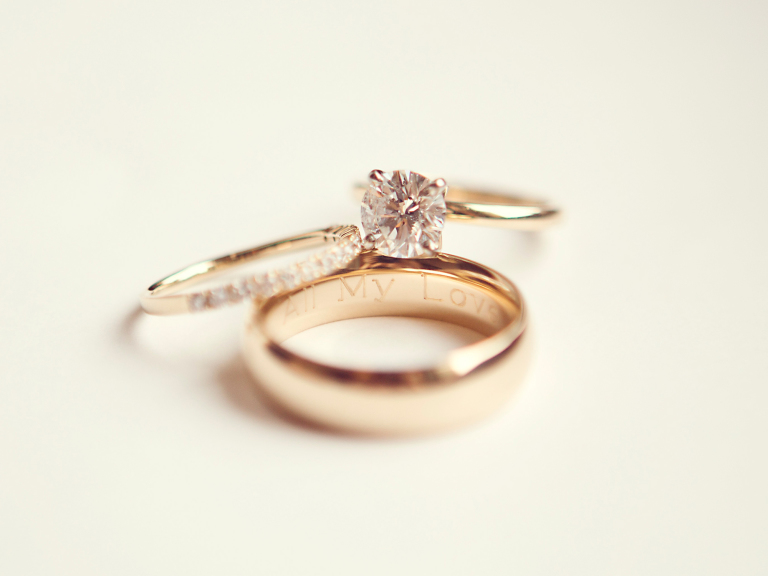Jewelry has been around for a long, long time. Playing roles in different cultures and societies through the ages, jewelry in every culture has been a strong indication of its development and artistic sensibilities. Popular fashion jewelry has alternated between precious, semi-precious and non-precious items of adornment throughout history and continues to do so.
Another thing that maintains a balance amidst constant flux is the intricacy and level of detail. Ralph A. Gonzalez relegates the evolution of fashion jewelry to different time periods. Have a look
Jewelry has made significant impressions on society dating back to ancient times. In ancient civilizations, gold was considered a preferred luxury metal because did not tarnish and was shapeable. Jewelry personified natural forms such as shells, plant life, and animals. Significant advances in style became increasingly evident with the setting of pearls and gemstones in shiny metals. Jewelry was worn in the form of necklaces, bracelets, pendants, earrings, and wreathes.
During Medieval Times, jewelry was widely adorned and worn by various levels of society. Brooches, pendants and pins with religious motifs were very popular during this period. Jewelry became so popular, sumptuary laws were created to limit lower levels of society from wearing gold and silver jewelry.
15th - 17th Centuries
Fake pearls and enamels became increasingly acceptable and were mass produced. These items were typically worn during the daytime as substitute for finer jewelry. Fine jewelry was kept for evening wear. Diamonds increased in popularity as well. The invention of the prong setting enhanced the brilliance of the diamond; therefore, expanding its allure with the upper-classes.
Victorian Era
The Victorian Era was an important advancement for Jewelry as an art form. Artistic expression became more apparent in fashion and jewelry. The early Victorian years were referred to as the Romantic period. The Romantic period emphasized dreams and emotions as inspiration for artistic expression. Morning brooches were a staple of this period. The hair of a loved one was intertwined within a pin, pendant, or brooch to make a sentimental piece of jewelry.
Mass production of jewelry lowered its luster with Victorians as importation of jewelry began from North America to Europe; thus, the beginning of the Arts and Crafts movement.
Arts and Crafts guilds were smaller jeweler associations, but provided higher quality jewelry and intricate artwork in design.
Early 20th Century
The Art Nouveau Movement was derived from the Arts and Crafts movement. It started in Paris and spread to North America. Asymmetrical and flowing lines inspired natural designs. Among these natural designs, floral and female forms were very popular. This period has a continuous influence on Jewelry design.
1930 to 1940
The reinstatement of mass produced jewelry followed the Art Nouveau Movement. This type of jewelry was meant to be worn selectively as an accessory to specific outfits. Two designers, Coco Chanel and Elsa Schiaparelli masterminded accessorizing fine and costume jewelry with day to day fashion. Vermeil jewelry was popular, but in short supply from war efforts. Rhinestones popularity increased.
1950's
Hollywood's flamboyance and glamour influence spread across continents. Engrained with it was costume jewelry on the silver screen. The styles and look of the stars quickly spread and was widely accepted across the world. The emergence of the middle class in America increased the demand for costume jewelry. This encouraged technical advances in mass production methods.
Today's era has brought a creative culmination of styles to fashion jewelry, both timeless and trendy. Many celebrities have Situs slot gacor terpercaya caught the wave by designing their own lines. Tori Spelling and Suzanne Somers are among a few. The fashion Jewelry industry is now a multi-billion dollar industry.
Jewelry is much more eclectic in today's era. Pieces are made by many different stones, textures, colors, various lengths, or metals. Jewelry is sold in large department stores, restaurants, gift shops, jewelry parties, and boutiques.
Fashion jewelry adds a splash of pizazz to attire no matter the occasion. Most importantly, fashion jewelry is fun! It is fun to shop for jewelry, sell jewelry, collect jewelry, and of course, show it off.
Maintain your existing fashion jewelry and invest in contemporary designs with Ware Jewelers. Come, be a part of our family

